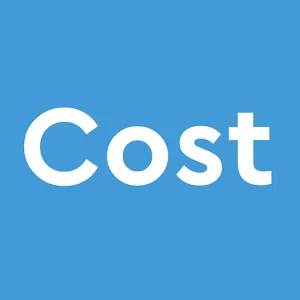The Royal Institution of Chartered Surveyors (RICS) introduces the New Rules of Measurement (NRM), a standard that revolutionises the way building works are measured in the construction industry. Today, let’s explore the essence of RICS NRM, its constituent volumes, and the myriad advantages it offers to quantity surveyors and the broader construction realm.
Understanding the RICS New Rules of Measurement (NRM)
The NRM, issued by RICS, provides a unified framework for quantifying building endeavors. It aims to establish consistency in cost estimation, budgeting, procurement, and cost control, which ensures a mutual understanding of measurement techniques among all project stakeholders.
Navigating Through the Volumes of NRM
The comprehensive guidelines of NRM are distributed across three volumes:
- NRM1: Focuses on cost estimation and budget planning for capital building works.
- NRM2: Tailored for detailed measurement of building works, crucial for creating bills of quantities.
- NRM3: Deals with cost estimation and budget planning for building maintenance operations.
Key Advantages of Integrating NRM into your Practice
1. Consistency Across Projects
Implementing NRM ensures that measuring practices and cost estimations are standardized across various projects providing a reliable benchmark for comparison.
2. Enhanced Financial Control and Cost Management
The well-defined protocols within NRM facilitate optimal budget management, mitigating the risk of unexpected financial overruns.
3. Improved Communications
The clarity brought about by NRM standardizes project details among all parties, mitigating misunderstandings and fostering better project execution.
4. Effective Risk Management
NRM provides strategies for recognising and managing potential financial risks during the project lifecycle, ensuring a more predictable outcome.
5. Boosting Professional Reputation
Adherence to the recognized standards of NRM bolsters the professional credibility of all involved in the project, from quantity estimators to project managers.
Practical Tips on Utilizing the NRM
To gain the full benefits of NRM, stakeholders should:
- Familiarize themselves with the content and purpose of all three volumes.
- Integrate NRM guidelines in all project phases.
- Embrace technology and software designed to support these protocols.
- Engage in ongoing learning to keep abrefin’d with updates and new practices.
Addressing Common Challenges
Adopting NRM may present challenges such as understanding its intricate rules and syncing it with existing operational norms. However, these can be navigated through dedicated training and gradual integration into daily practices.
Conclusion
The RICS NRM sets the stage for more precise and efficient handling of all phases of construction projects. With its strategic measurement criteria, quantity surveyors and other professionals can ensure best practices that align with global standards, fostering smoother project execution and optimal outcomes.
FAQs
- What is the main objective of the RICS NRM? To standardize measurement procedures across the construction industry, ensuring uniformity and precision.
- What are the components of NRM? NRM is structured into three focused volumes dealing with capital building works, detailed construction work, and maintenance operations.
- Who benefits from using the NRM? Quantity surveyors, cost managers, and other industry professionals involved in detailed measurement and cost estimation.
- How does NRM facilitate better cost management? By establishing clear guidelines for financial planning throughout the project lifecycle, thereby minimizing financial risks.
- Is NRM applicable internationally? Yes, while it is rooted in UK practices, NRM’s principles are adaptable globally with adjustments to local standards.











